Burial (2022) Movie Ending, Explained: Almost 80 years have passed since World War II ended in peace treaties; however, it continues to prick the imagination of the contemporary generation. A favorite film that centers on World War II and indulges in imaginative storytelling is Tarantino’s Inglourious Basterds (2009). It is a film that ticks all the boxes of war, action, thriller, and drama with suaveness. Burial, written and directed by Ben Parker, indulges in an equally intriguing and imaginative premise but fails to stand out.
The vision is grand; right after the fighting had ended in 1945, a group of Russian officers was deployed to secretly carry Hitler’s corpse to Stalin in Moscow so that the world could see and believe that Hitler was dead, mortal, and a coward. This one-line summary was enough to intrigue me so much that I nose-dived into this 95 minutes long movie without any second thoughts, but Burial loses its grand idea very quickly, becoming a top-secret mission with one of the parties being armed with hallucinogenic herbs as their secret weapon. Besides, as long as we are looking at the conspicuously-closed coffin/crate of Hitler from the outside, we are kept guessing its contents.
The film falls flat on its face as soon as the corpse is revealed to the viewers, making the drama revolve around it. The grandiosity of Hitler, one of the most hated fascist dictators and war mongrels in the history of Western Civilisation, is humanized at the revelation of his corpse. Thankfully, the film takes this sordid discovery in its stride and ties it into the conversations around the war, its aftermath, and the ideals that fueled these soldiers. Bullets are pelted, and lives are lost, but at what cost?
The film stresses time and again the idea that the war is over now, but the fighting continues. As one of the soldiers opines, “This is everything.” Human beings have become so conditioned to the war, especially those related to it directly, that an end of it is bound to leave them disillusioned. Sadly, the film only grazes on these important topics through pointless monologues and tiresome conversations, choosing instead to focus on the survival-action thriller.
Burial (2022) is, however, deserving of your time because it is one of the ways of looking at World War II and trying to understand this 20th-century phenomenon that radically affected the socio-political and cultural history of Western civilization. It also comes with its own story-within-a-story frame and requires a serialized breakdown of the events. Watch this film before you read on because SPOILERS AHEAD!, dear readers.
Burial (2022) Plot Summary and Movie Synopsis:
It is 1991, and Anna Marshall (played by Harriet Walter) is listening to the news on her television, which announces the resignation of the Russian president, Mikhail S. Gorbachev. Soon, a man wearing a wolf mask breaks into her home, but Anna is prepared. She tases and ties him up in her bedroom. He is a neo-Nazi who demands to know the truth behind the mission that she had undertaken after World War II ended. Anna blows a secret powder in his face, paralyzing him as she begins to narrate the events that unfolded in time.
We are now back in Poland, 1945. The war has just come to an end, but there are still things to be done. Anna, who went by the name Brana Vasilyeva (played by Charlotte Vega), is part of a small troop of Russian soldiers who are on a secret mission to transfer Hitler’s dead body to Stalin in Moscow. Their earlier plan of transferring it by aircraft has been discarded; now, they are going to carry the body as they travel along the road.
They set out in a military truck with the coffin containing Hitler’s mortal remains nestled in the back of the truck, conveniently hiding it in the ground by digging holes whenever they stopped for rest. The journey is far from smooth, but it soon becomes tough when they realize that they are being followed and attacked by a group of Nazis. These Nazis prefer to dress up as wolfs, wearing the skin of wild bears as they pelt bullets upon this Russian mission to secure the body for themselves so that they can make a tape for the world, disproving Hitler’s death.
After escaping from the werewolf Nazis in the first round, the Russian soldiers decide to make a pit stop in the woods for the night. While their now nominal head goes to the local tavern for a drink with a few men, Brana is insistent about the danger lurking around them. She follows him to the tavern, saves the young woman he was assaulting, and meets a young man, Lukasz (played by Tom Felton). Soon, the werewolf Nazis are upon them. They kill some of the people in the troop, but they are forced to leave without the coffin because of the timely intervention by Brana and the company.
Brana asks Lukasz for shelter, and he leads them to an elderly couple’s place nearby. The couple is hesitant about sheltering the Russians and wants to know what the coffin contains. Eventually, the corpse of Hitler is revealed. On the other hand, the tavern girl was on a run when Tor Oleynik (played by Barry Ward) confronts her about the ending of the war and the villains. However, the werewolf Nazis arrive on the spot, killing the girl and taking Ilyasov hostage. Brana stresses the fact that Stalin wants to look at the dead Hitler with his own eyes when she and Lucasz go to hide the corpse in a small church nearby the next morning. Lucasz also opens up about his real identity with Bran and both of them share a brief moment of vulnerability about their lives and the war. Oleynik is tortured by the Nazis to reveal the secret hiding spot of the corpse but before they can get any information out of him, a Nazi informant declares that the Russian troop has been found.
Fighting ensues between both parties as the Nazis attack the house of the elderly couple from the outside and the Russians seal it from the inside. Soon, they lose Hitler’s corpse to the Nazis. But the Russians have a plan! They attack the church where the Nazis had nestled to record video evidence claiming that Hitler wasn’t dead. More fighting and loss of life later, the church is burnt to the ground. Lucasz and Brana have survived to remember and tell the story of this mission.
Back in 1991, Anna shows the captive Neo-Nazi in her bedroom a small token she had kept with herself from the incident. She poisons the captive, angry at him for having killed Lucasz in a similar break-in episode a few days ago. The contents of the box are left undisclosed to the audience.
Who is Lucasz?
When Brana asks Lucasz why he has been hiding, Lucasz confesses that he is a Polish man with German heritage. He had been given the choice to join the German army in their war efforts or face the labor camp, further being promised that if he joined the army, his wife would be spared the torture, but that was to be a lie. By the time he arrived to rescue his wife, she was already dead. Since the war was coming to an end, Lucasz was hiding from the Russian troops so that he would not be shot by them and from the werewolf Nazis around, who were killing anyone they found to be suspicious. He ultimately is one of the saviors emerging out of the climactic fight between the Russian troop and the werewolf Nazis in the film, along with Brana. It is revealed in the end that he was murdered in a break-in in 1991 by a Neo-Nazi.
What happens to the body of Hitler?
We are told very early in the film that it is Hitler’s corpse and that the Russian soldiers are on a mission to transfer to Moscow for Stalin to see it. We learn that the dental records of the corpse in the coffin have proved that it is Hitler’s until we witness it halfway through the film. The Russians are forced to take the corpse out of the coffin and hide it in a church, but the Nazis find it anyway and carry it away with them. Just when they are about to shoot a video to prove to the world that it wasn’t actually Hitler’s dead body, the Russians attack them.
By the end of Burial (2022), we come to understand that Hitler’s corpse got burnt to ashes inside the church when it was set on fire. His skull – broken hollow on one side because he is believed to have shot himself in the head in his own bunker – proves to us as well as Brana that his mortal remains have been burnt to the ground. However, Anna tells the captive Neo-Nazi in her room that she has kept a token from that incident with herself. She reveals the token to the captive before his death, but the audience is left to wonder what it can be. Perhaps, it was the skull of Hitler from the site of the burnt church, but we can never really tell.
Is Burial (2022) movie Burial based on real events?
The premise of the film, Burial (2022), may be fictional, but there are reports in history that prove how the Soviet Union tried to deliberately spread confusion about Hitler’s death. The idea of spreading this misinformation – that Hitler died by consuming cyanide or that he actually fled the country and never died, among others – is all rooted in the Russian fear of opening a door to another Nazi rule in Germany.
On the other hand, a group of Nazis really wanted to disprove Hitler’s death, so they could continue fueling hate and terror in the name of the Fuhrer. Hitler’s death has been a breeding ground of conspiracy theories for years now, but the most successfully established cause of his death is actually a gunshot in his temple, believed to be a suicide. According to pre-recorded instructions, his body, along with his newlywed wife’s, was burnt to ashes before declaring him officially dead on May 1st, 1945, the day after he committed suicide. The film follows a fictional story about his death. It questions how history is narrated and remembered by the survivors through a personal account.
Burial (2022) Ending, Explained
After the body of Hitler is stolen by the Nazis, they hide in a small church. Their intentions are clear now. They fully recognize that it is the Fuhrer’s body, but they wish to portray to the world that Hitler is not dead and the news of his death is merely a piece of misinformation by his enemies. They set up a table, open up the Fuhrer’s body, and decide to reveal the same on tape.
Just then, a couple of balls of burning lichens – the same hallucinogens used by the werewolf Nazis against the Russian troops – are flung inside the church through the windows. There’s smoke everywhere and just when the delirium is starting to set in among the Nazi soldiers, the gate of the church is thrown open, and the Russian troop, led by Brana and Oleynik, enter inside firing bullets. Lucasz, closer to the door, is attacked by a werewolf Nazi and dragged outside. We see him struggling for life till he falls to the ground. As the firing continues, members of both the troops succumb to the injuries of pelting bullets. On the other hand, the werewolf Nazi further closes the church from the outside so that the Russian troop cannot escape.
Brana and Gulyaev are injured during this fight; while her leg has suffered from a bullet injury, a bullet has hit him in the abdomen. When the leader of the Nazi soldiers starts walking towards them with a machine gun in his hand, ready to fire away, Gulyaev sacrifices his life to fling Brana out of the church window. Meanwhile, the old man who had sheltered the Russian troops arrives at the scene and shoots at the werewolf Nazi who had injured Lucasz previously. He catches fire in a commotion and is flung upon the church door.
The fire from his furry outfit quickly starts to engulf the whole church. Oleynik, fighting till his last breath, manages to secure the videotape and takes shelter inside the bunker of the church. He pulls out the reel to destroy any footage they had captured while the Nazi commander tries his best to get at him. Brana and Lucasz are saved by the elderly couple, who now watch from a distance as the whole church is set ablaze and the structure starts falling apart.
After the fire dies down, Lucasz and Brana revisit the site. They see that the building is reduced to ashes and littered with charred human remains. Brana spots the skull of Hitler’s corpse because it was hollow on one side. We are back in 1991 again inside Anna’s bedroom, where she has been narrating the story of her mission to the captive Neo-Nazi in her room. She reveals that Lucasz and Brana framed a life for themselves after the war was over and that the pendant he was wearing originally belonged to Lucasz.
She knew that they were coming for her because she had heard about the break-in at Lucasz’s place earlier. She says that she had returned to Russia and spent her time in severe austerity before she could re-begin her life. She mixes the powder she had earlier blown into the captive’s face into a small glass of water and feeds it to him. It will act as a poison and without much adieu. However, before he dies, she brings out a box and shows him a token she carries around with her from the mission she was a part of.
The contents of the box are not revealed to us, but we can conjecture that it is possibly Hitler’s skull that she has decided to keep for herself. Burial (2022) makes us contemplate how we’d like to remember history, and what actually constitutes history in the case of events so life-altering as the World Wars, whether personal first-hand accounts are as important in constructing history as are the official accounts documented by victors.

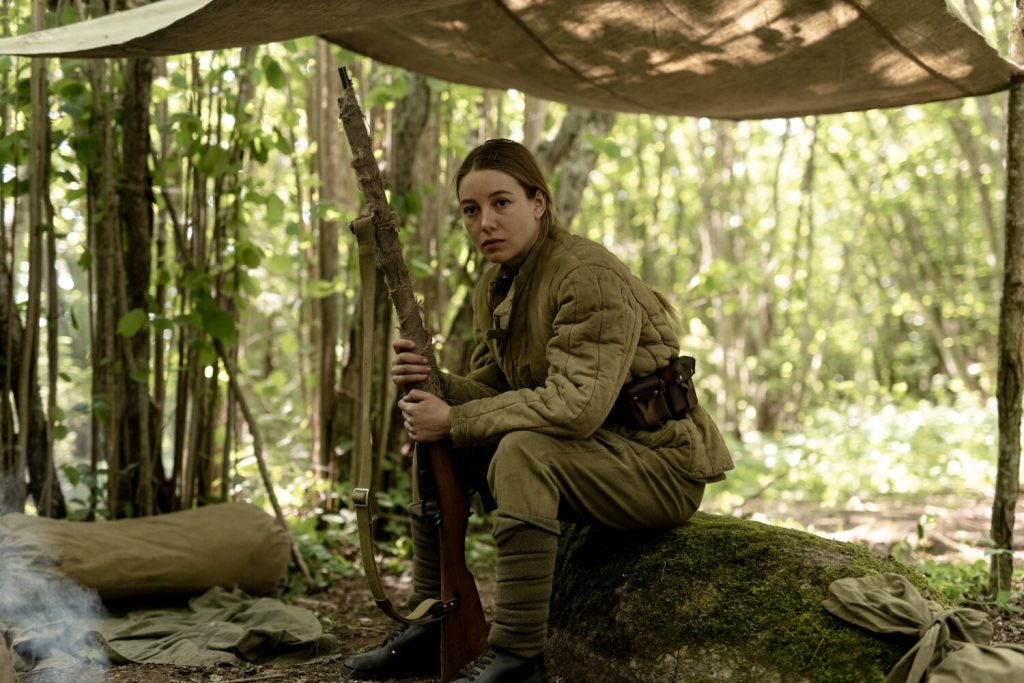




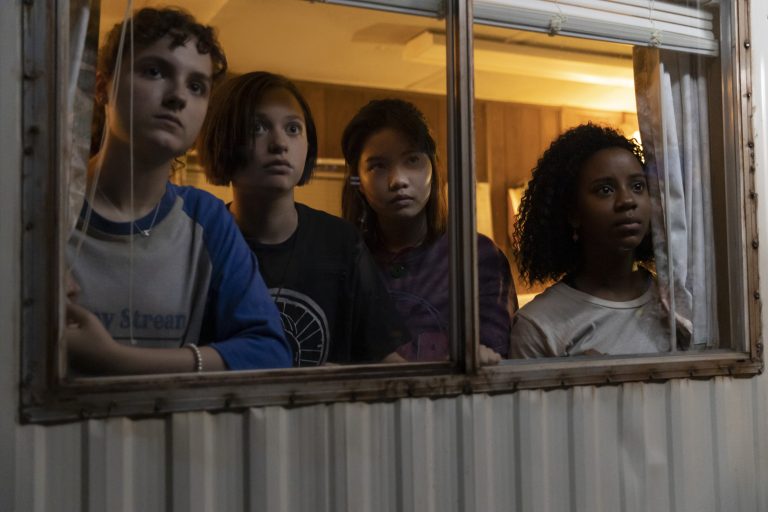
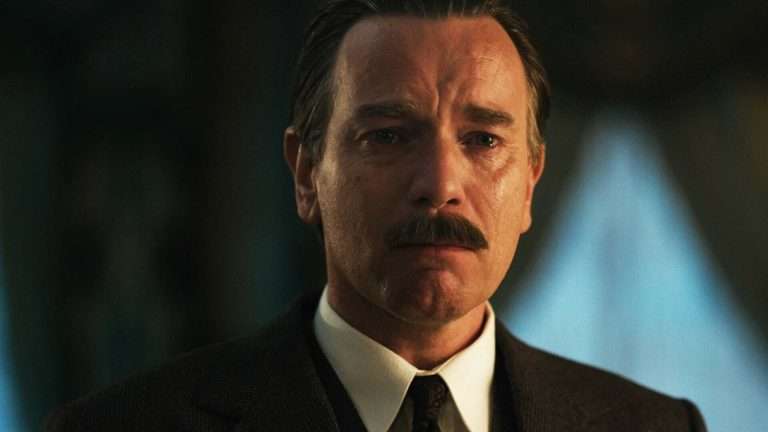
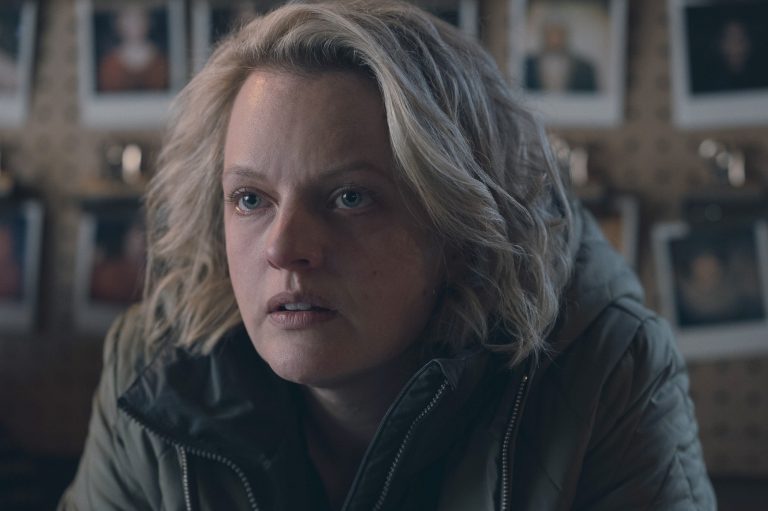
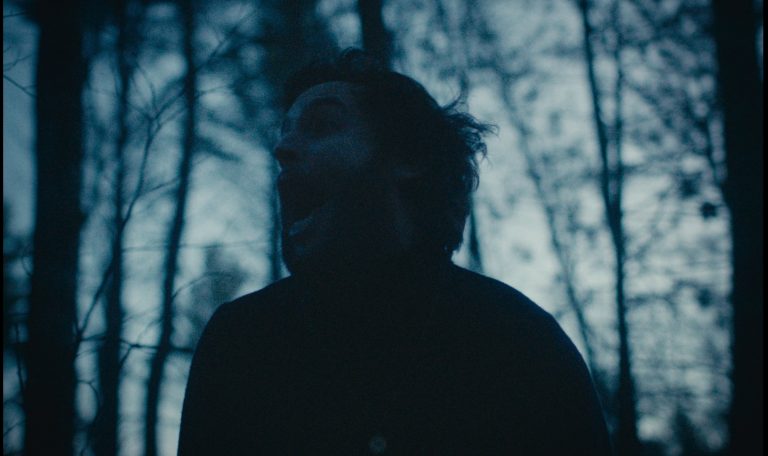
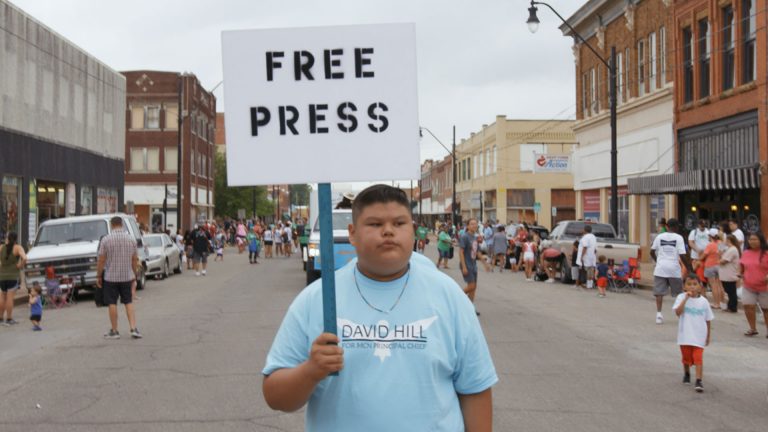
Wow. How old are you, 35? By writing like this, many Americans your age probably see it your way, which means democracy is in peril. Looks like Hitler will eventually win.